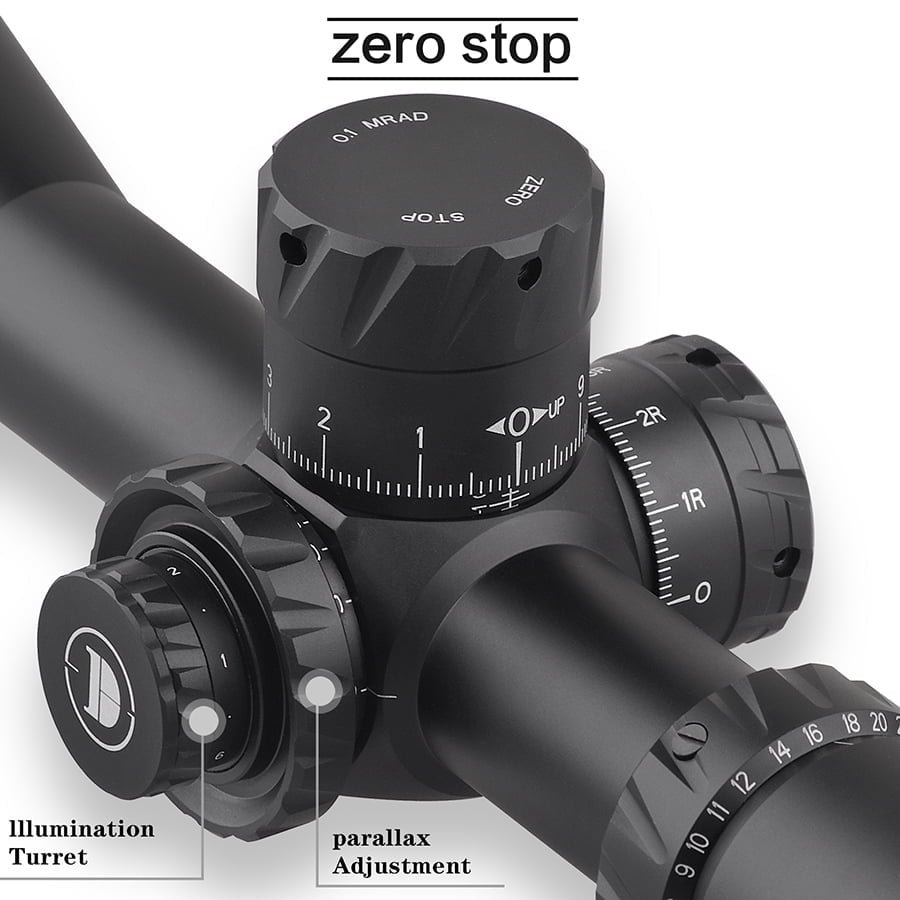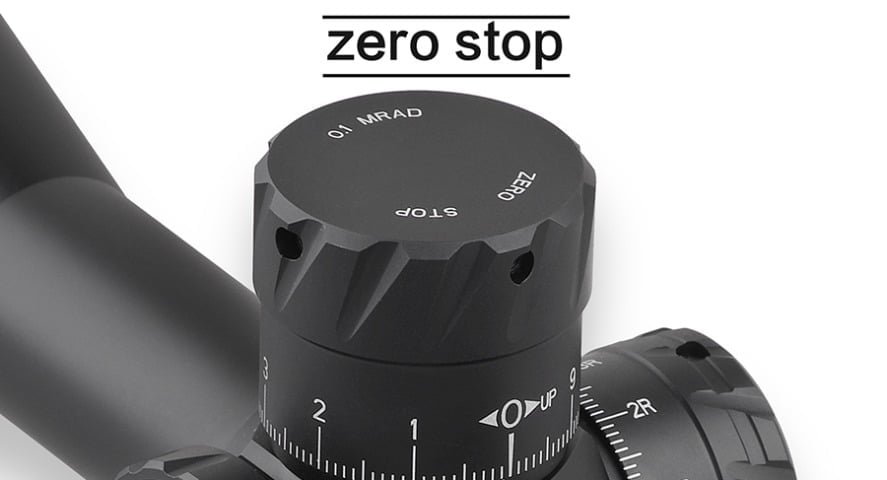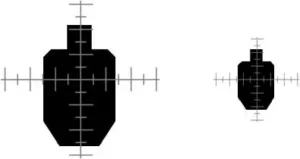Q: What is an FFP scope, and how does it enhance shooting performance?
A: FFP stands for First Focal Plane, which means that the reticle (the crosshair or aiming point) stays the same size relative to the target regardless of the magnification setting. This consistency ensures that the point of aim maintains a fixed size at any magnification, which is crucial for achieving accurate shot placement, especially in hunting situations. It allows for precise ballistic holds, wind compensation, and tracking of moving targets without the need to adjust the reticle size.

Q: Why are FFP scopes more expensive than SFP scopes?
A: FFP scopes are more complex and costly to manufacture because the reticle must be precisely positioned in the first focal plane of the scope. This requires advanced optical engineering to ensure accuracy and clarity at various magnifications. The higher cost is a reflection of the intricate production process and the superior performance they offer, justifying the premium over Second Focal Plane (SFP) scopes.
Q: What are the advantages of FFP scopes for hunters?
A: For hunters, FFP scopes offer significant advantages. They provide the flexibility to track game at lower magnifications and then zoom in for a precise shot without losing accuracy. The reticle’s consistent sizing means that if you set it for a specific distance, such as 500 yards, the game will appear the same size through the scope at any magnification. This consistency is vital for making successful shots on big game, particularly at varying distances and magnifications.
Q: Are there any downsides to using an FFP scope?
A: One potential downside is that the reticles in FFP scopes are often etched directly onto the lens, which can make them more susceptible to damage compared to reticles positioned on internal optical flats. Additionally, FFP scopes generally cost more due to their complex production requirements.
Q: What is the future outlook for FFP scopes in hunting and tactical applications?
A: As the quality of glass and optical engineering continues to improve, it is likely that FFP scopes will become the standard for high-performance tactical and hunting applications. The precision and flexibility they offer make them increasingly popular among serious hunters and shooters, who require reliable and accurate optical tools in varied environments and situations.
Q: How do hybrid designs in scopes provide a compromise between cost and performance?
A: Some manufacturers offer hybrid scope designs that feature SFP anatomy in lower zones and FFP at higher magnifications. These hybrids provide a balance between cost and performance, offering the benefits of FFP precision at higher magnifications while keeping the lower cost structure of SFP scopes at reduced power settings.
Lorem ipsum dolor sit amet, consectetur adipiscing elit. Ut elit tellus, luctus nec ullamcorper mattis, pulvinar dapibus leo.









Add comment